# Projections in ClickHouse
Projections are a performance optimization feature in ClickHouse that allow you to store alternative representations of your table data — similar in concept to materialized views, but with key differences in how they are stored and maintained.
What Are Projections?
- A projection is a physical subset of a table’s data, stored with a different sort order, column selection, or aggregation.
- Unlike materialized views, projections are stored within the same part as the source table. This means they share the same storage lifecycle and are tightly coupled with the base table’s data.
- Projections are defined as part of the table schema and are automatically maintained by ClickHouse.
How Projections Work
- When new data is inserted into the source table, the projection is automatically populated as part of the same write operation.
- If data is mutated (e.g., via
ALTER TABLE ... DELETEorUPDATE), the changes are propagated to the projection as well. - Projections are read-only — you cannot directly modify or update them independently of the base table.
- The query optimizer can automatically choose to use a projection instead of the base table if it determines that doing so will improve query performance.
Limitations
- Schema changes to projections are not supported. Once a projection is created, it cannot be altered — you would need to drop and recreate it.
- Projections are not suitable for all use cases. They are most effective when:
- Queries frequently filter or aggregate on a specific subset of columns.
- A different sort order can significantly reduce scan time.
- You want to optimize performance without maintaining a separate materialized view.
Use Cases
- Accelerating analytical queries that use different sort orders or aggregations than the base table.
- Reducing I/O by precomputing and storing frequently accessed subsets of data.
- Improving performance without the overhead of managing separate materialized views.
